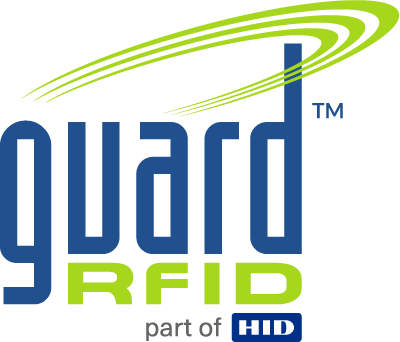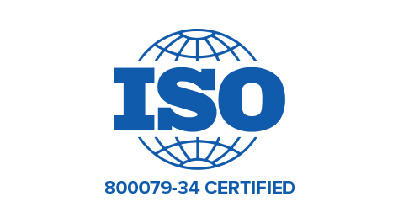Violence should never be part of the job. Yet for far too long, healthcare workers and nurses have been subject to unacceptable physical, verbal or sexual assault in the workplace. Data collected by National Nurses United (NNU) in 2020 and 2021 revealed that 82% of healthcare workers have experienced at least one type of workplace violence.
Prior to the pandemic, the rate of workplace violence in the United States had been trending upwards. In the period between 2005 and 2014, there was a 110% increase in incidents in private industry hospitals. In response, healthcare workers took action.
In 2014, nurses pressed the state of California to pass ground-breaking legislation to protect the safety of healthcare workers. The Healthcare Workplace Violence Prevention Act demands that healthcare facilities “adopt a workplace violence prevention plan as a part of its injury and illness prevention plan to protect healthcare workers and other facility personnel from aggressive and violent behavior.”
Although there are at least nine other states that have put laws into effect that require workplace protection policies, not every state has protections in place.
Further, the Occupational Safety and Health Administration (OSHA) does not have a specific regulation that applies to the prevention of workplace violence in the healthcare setting. However, OSHA does mandate that employers are bound to “furnish to each of his employees’ employment and a place of employment which are free from recognized hazards that are causing or are likely to cause death or serious physical harm to his employees.” This is recognized as the “general duty clause.” OSHA’s guidelines for workplace violence prevention are not legislated however, and compliance is voluntary.
The escalating toll on healthcare workers
As we enter the third year of the Covid-19 pandemic, a recent survey and report shows that the rates of workplace violence in healthcare in the United States are accelerating. An NNU survey released in September 2021, stated that 31% of nurses reported a recent increase in workplace violence. This is a surge in numbers compared to a survey in March 2021, when nurses reported a 22% increase, and November 2020, in which nurses disclosed a 20% rise in workplace violence.
A lack of an OSHA national standard has left the responsibility up to individual states and employers to create robust workplace violence prevention plans and implement multi-pronged strategies that address the security and safety of staff.
Using technological solutions to deter violence
There are many existing technological solutions which can be implemented now to deter and respond to violence in healthcare settings. These could include video surveillance, access control, body cameras, mass notification systems, and staff duress alarms. Healthcare facilities will need to complete a risk assessment and review their budget to decide on the solutions that will offer the greatest benefits.
Implementing RTLS to provide immediate assistance
Real-time location systems (RTLS) are a solution that can help to reduce workplace violence on several fronts. If a nurse, doctor or other healthcare worker experiences a threat to their safety or violence, staff safety systems give workers the capability to call for help.
The GuardRFID real-time location systems (RTLS) solutions enable healthcare staff who are threatened to call for assistance by pressing a button on a discrete tag, worn on the wrist or as a lanyard. ID badge-style personal tags are designed for both comfort and system adoption.
RTLS solutions also provide accurate, real-time visibility on the location of the staff member, so that security can be dispatched to help immediately. If a tag call button is pressed, the tag communicates with GuardRFID infrastructure in real-time to facilitate staff location and alerts in the AllGuard® software. Staff are also able to communicate that assistance is on the way, which can de-escalate an unsafe situation.
Duress alarm messaging can be configured to meet the organization’s preferred communication protocols. For example, a notification can be sent to authorized personnel such as security. And, various messaging options are possible, such as the activation of workstation alarms, email, mobile alerts, CCTV or voice messaging.
As the healthcare impacts of the pandemic continue to put pressure on healthcare professionals, hospitals and other healthcare facilities can be active in reducing some of the risks associated with workplace violence, and ensuring meaningful prevention policies are put in place.
To book a demo and see how an RTLS solutions can provide a safer work environment for healthcare professionals, visit https://www.guardrfid.com/book-a-demo/.


